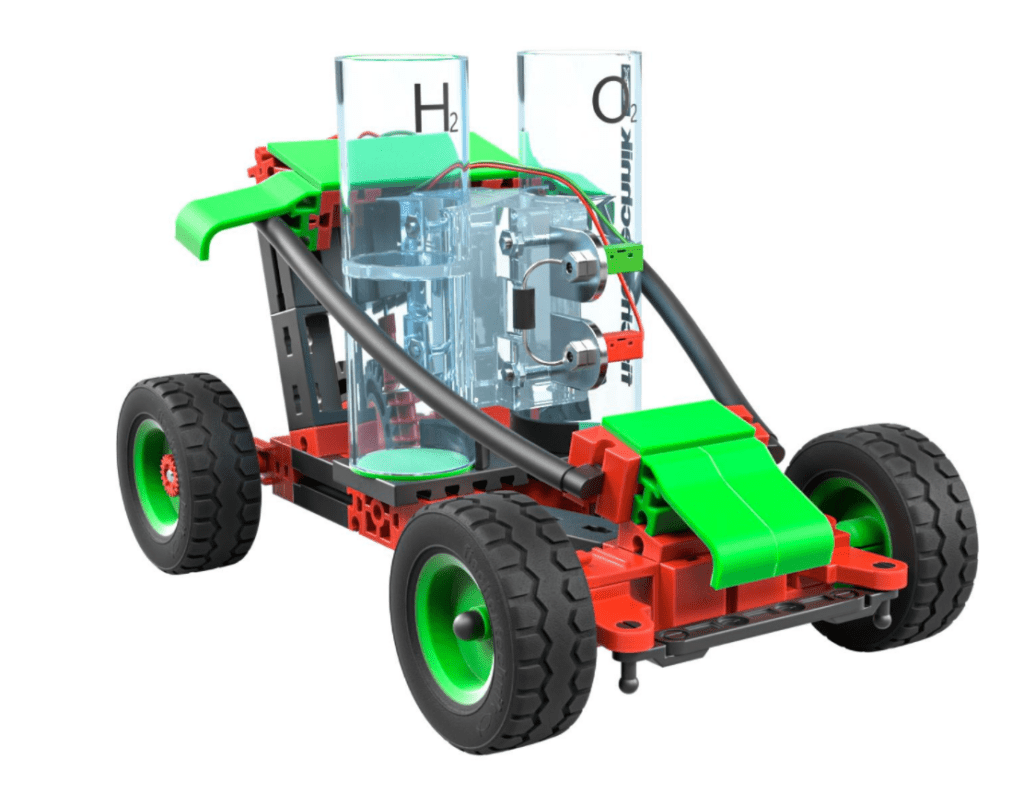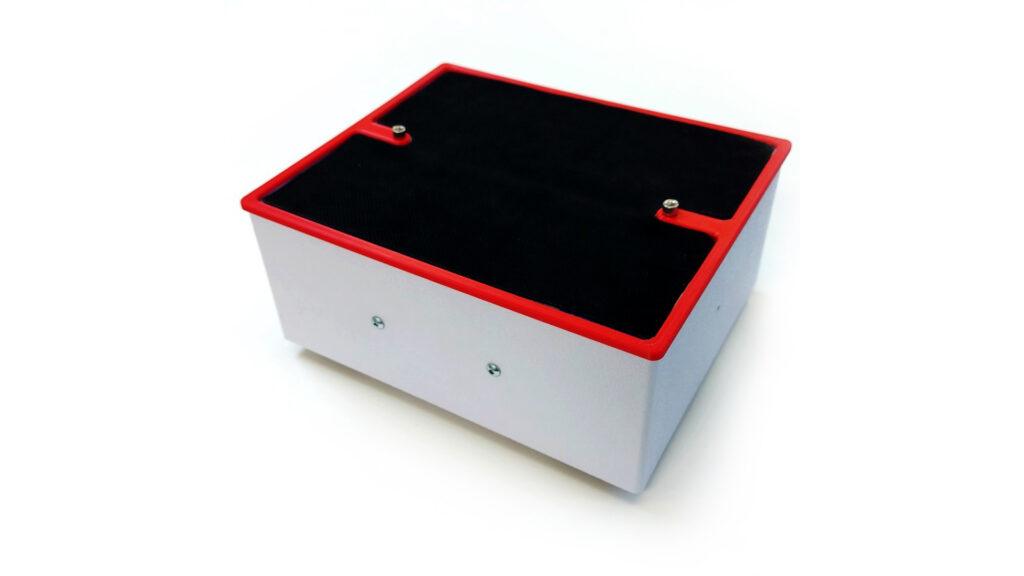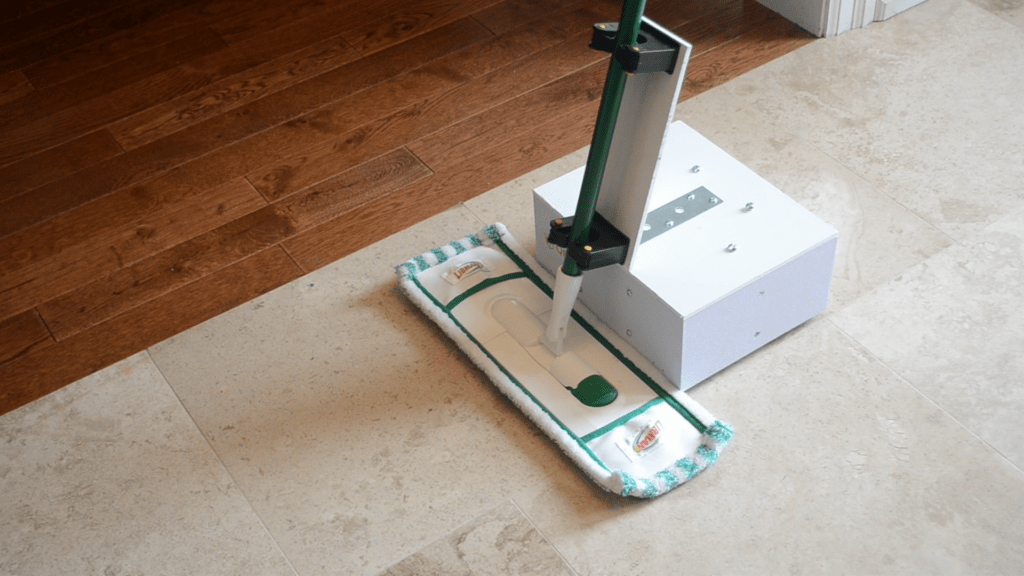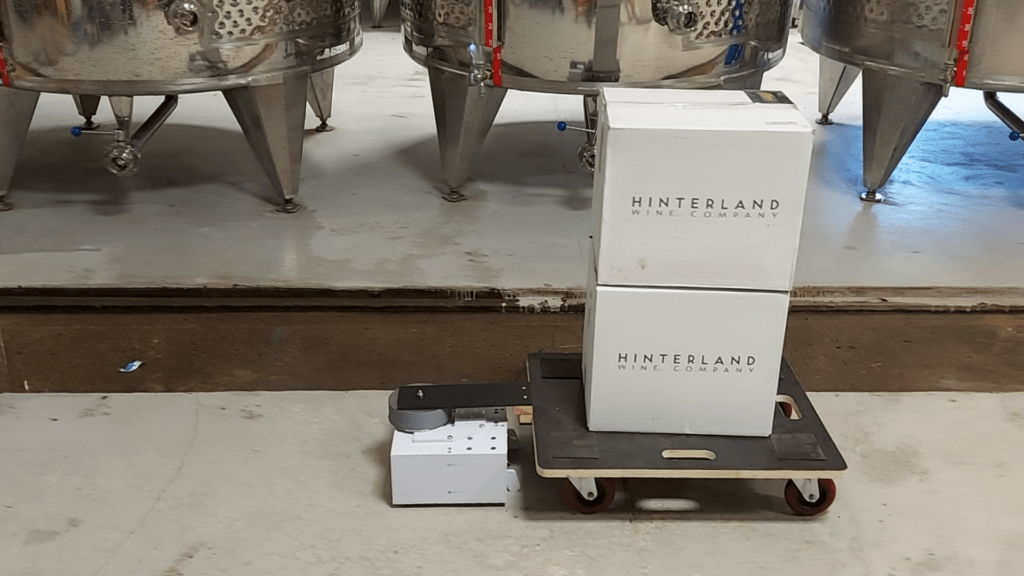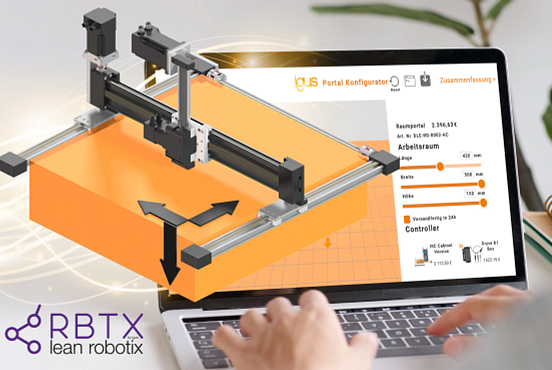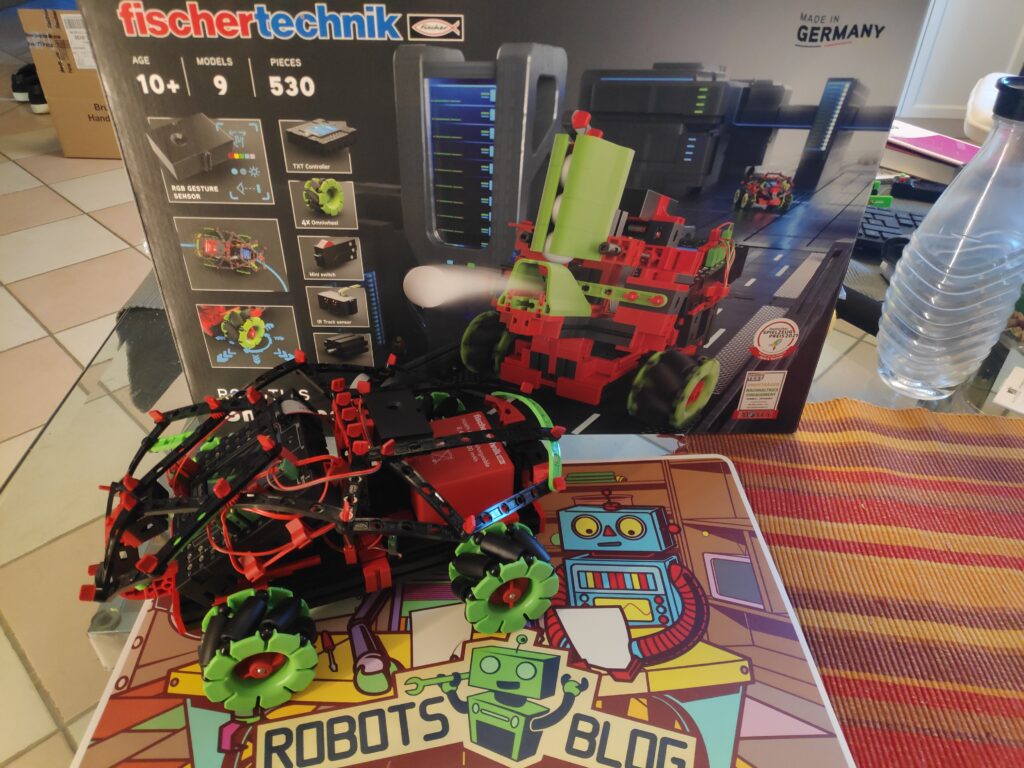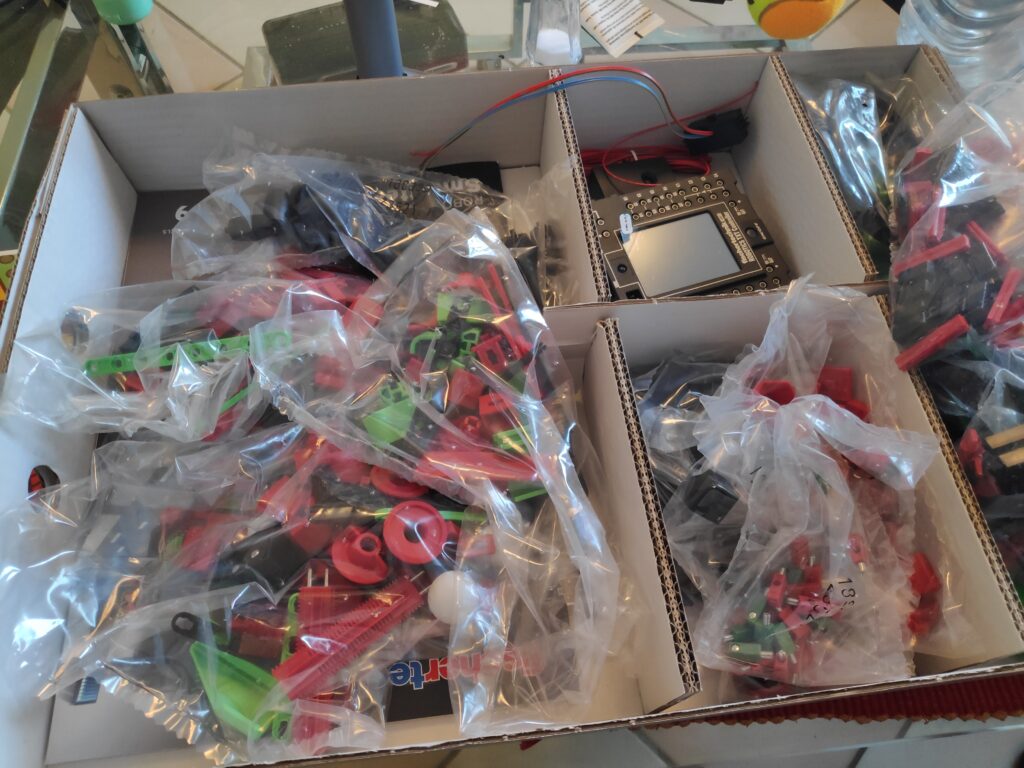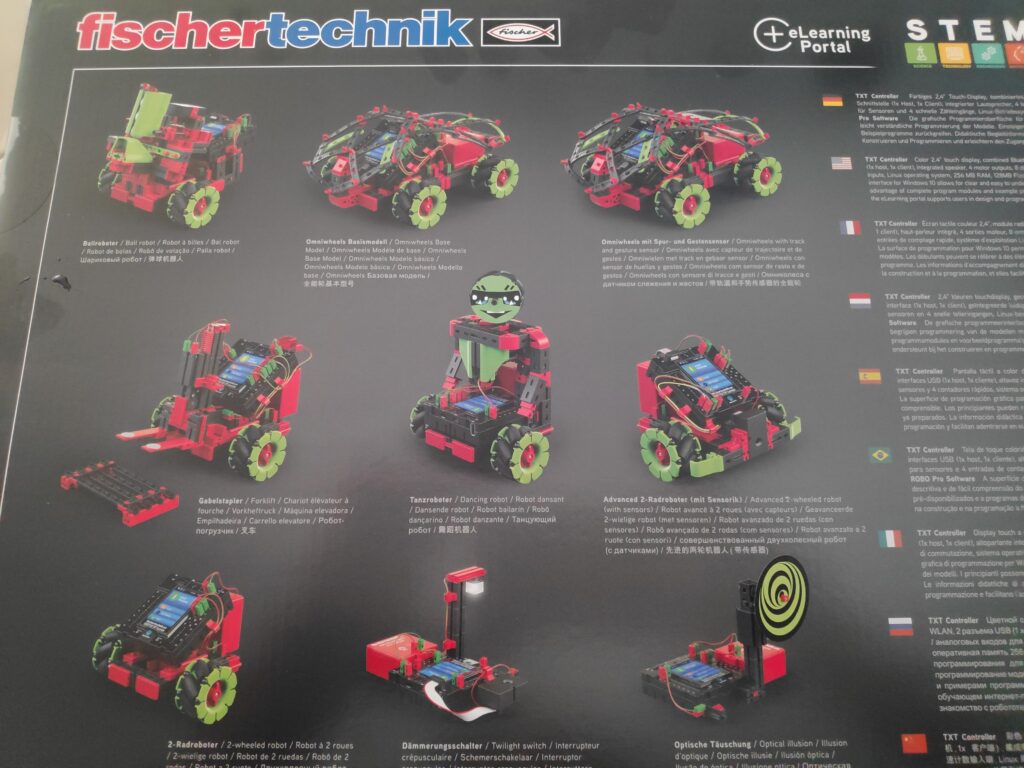A wall climbing robot made by HausBots can reduce workplace accidents, as it can be used for inspection and maintenance tasks such as building and infrastructure inspection and surveying or even painting.
However, to make sure the robot itself would work and is safe to use researchers from the WMG SME group helped the local business design and test the robot
The robot is now on the market, after a four-year journey from a garage in Bournville to Singapore
A novel wall climbing robot, built designed and created by Birmingham based HausBots with the help of WMG at the University of Warwick is on the market, and could reduce the number of workplace accidents.
HausBots is a Birmingham based company who are on mission to use technology to protect and maintain the built environment. They have designed, built and created an innovative wall-climbing robot, that can climb vertical surfaces and be used for inspection and maintenance tasks such as building and infrastructure inspection and surveying or even painting.
The idea of the HausBots started in the co-founder’s garage, and with the help of the WMG SME team the robot was bought to life, as the team were able to help with building the prototype and testing the technology.
Four years ago, when the first prototype was developed researchers at WMG, University of Warwick worked with HausBots on the circuit motor controls and designed the system to help them get production ready thanks to the Product Innovation Accelerator scheme with CWLEP.

One the key uses of the HausBots is to help reduce the number of workplace accidents, in the US 85,000 workers fall from height every year, of which 700 of them will be fatal. The accidents also cost insurance companies over $1bn in claims every year, therefore not only does reducing the amount of accidents mean less injuries and trauma, but also means there’s a huge economic saving.
However, to ensure the robot itself doesn’t fall it had to undergo extensive electro-magnetic compatibility (EMC) testing to make sure the fans, which essentially attach it to the surface arefunctioning correctly.
The WMG SME team tested the robot by placing it in the EMC chamber and assessing how it responds to noise and to make sure it didn’t emit any unwanted noise into the atmosphere itself. Using amplifiers to simulate noise and analysers, the researchers were able to detect any unwanted interference and emissions with the robot and record results.
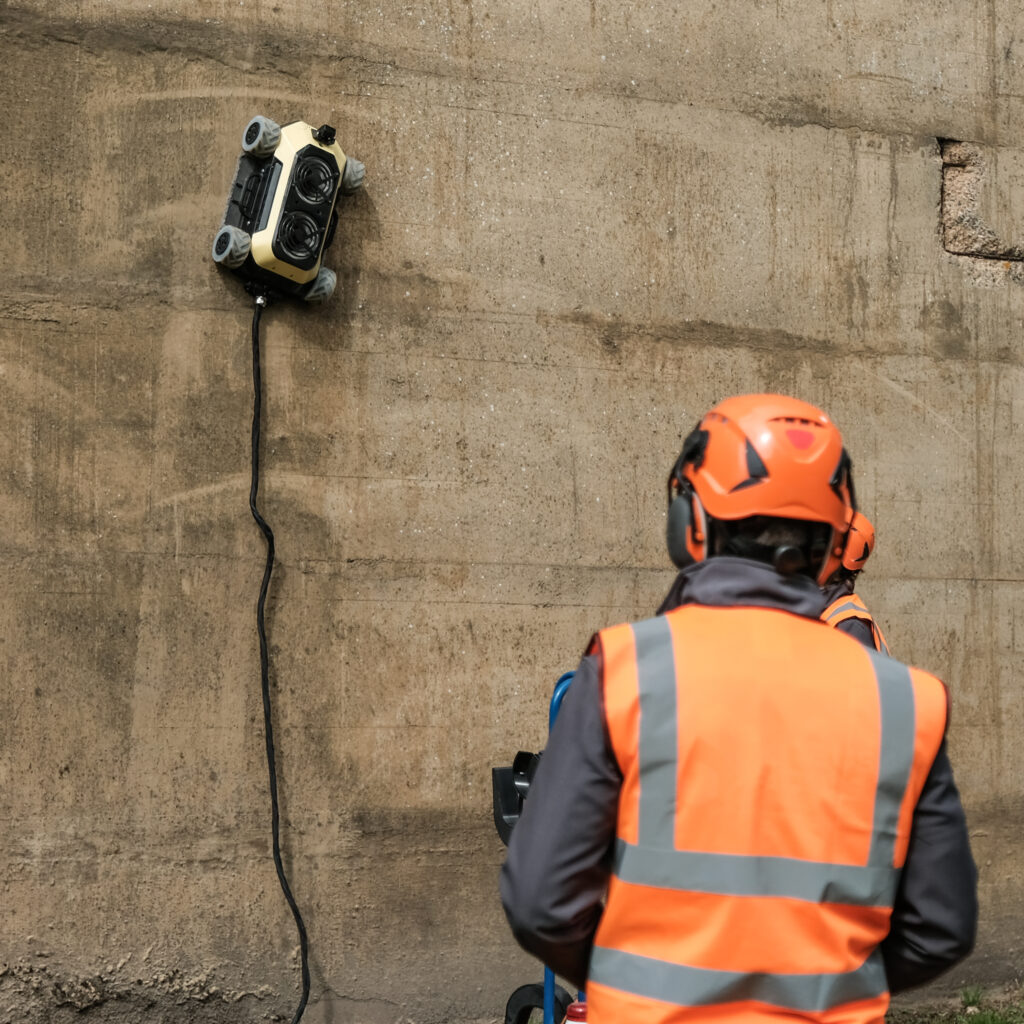
Dr David Norman, from the WMG SME group at the University of Warwick comments:
“It has been a pleasure to be with HausBots and help them develop their product, the concept of the robot is incredible, and could save lives and reduce the number of workplace accidents.
“Our facilities and expertise have helped HausBots develop a market-ready product, which is now on the market and has carried out many jobs from painting and cleaning the graffiti off the spaghetti junction in Birmingham. We hope to continue working with them in the future and can’t wait to see where they are this time next year.”

Jack Crone, CEO and Co-Founder of HausBots comments:
“The WMG SME group have helped us from day one, by helping us build the prototype all the way to making sure the robot safely sticks to the wall and carries out its job efficiently.
“We have worked tirelessly over the last 3 years to make HausBot, and we are incredibly excited to have sold our first one to a company in Singapore, we hope this is the first of many that will also help reduce numbers of workplace accidents.
“Going forward we hope to continue our work with WMG at the University of Warwick to make more robots for other uses that can reduce harm to humans.”

